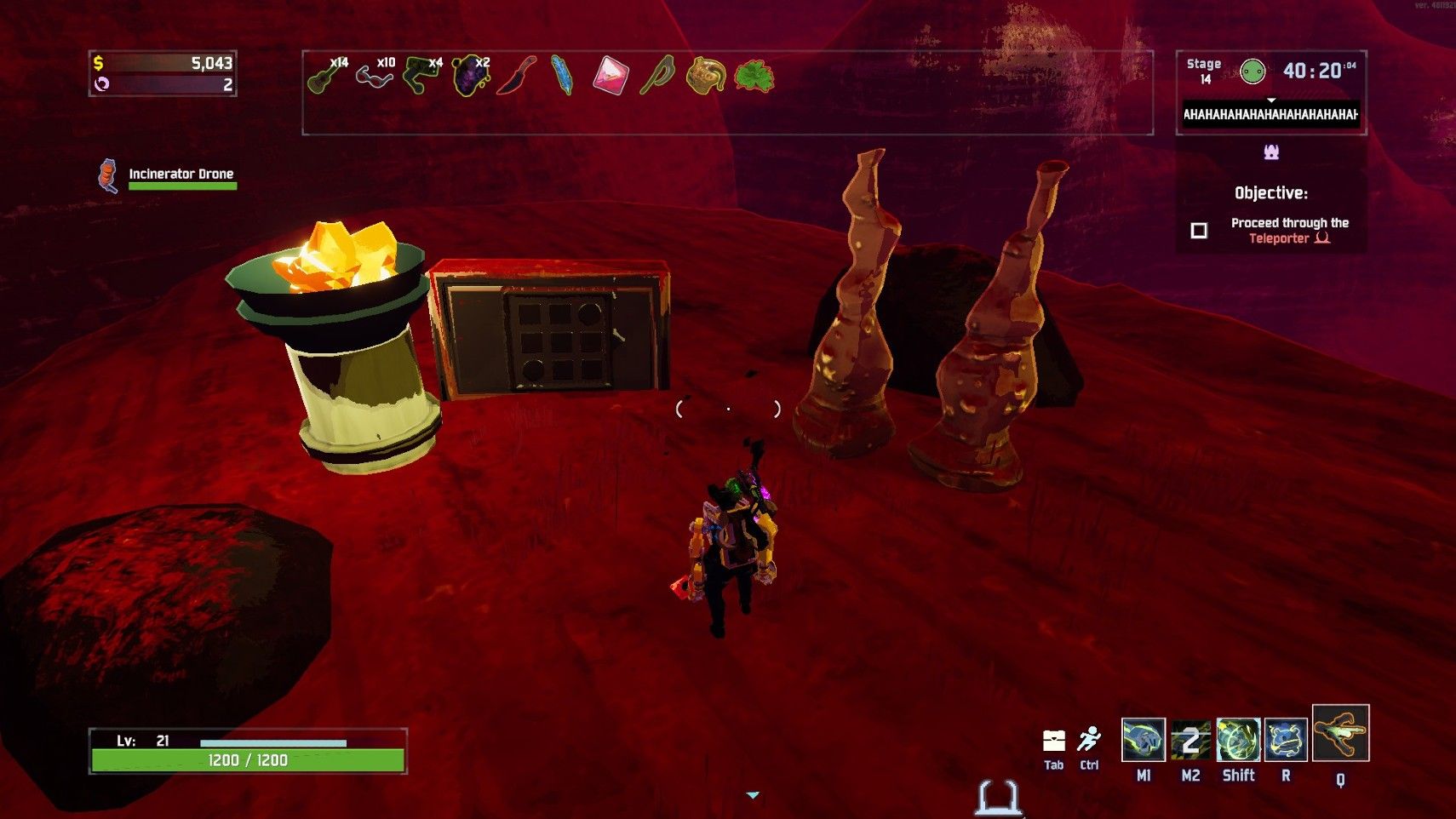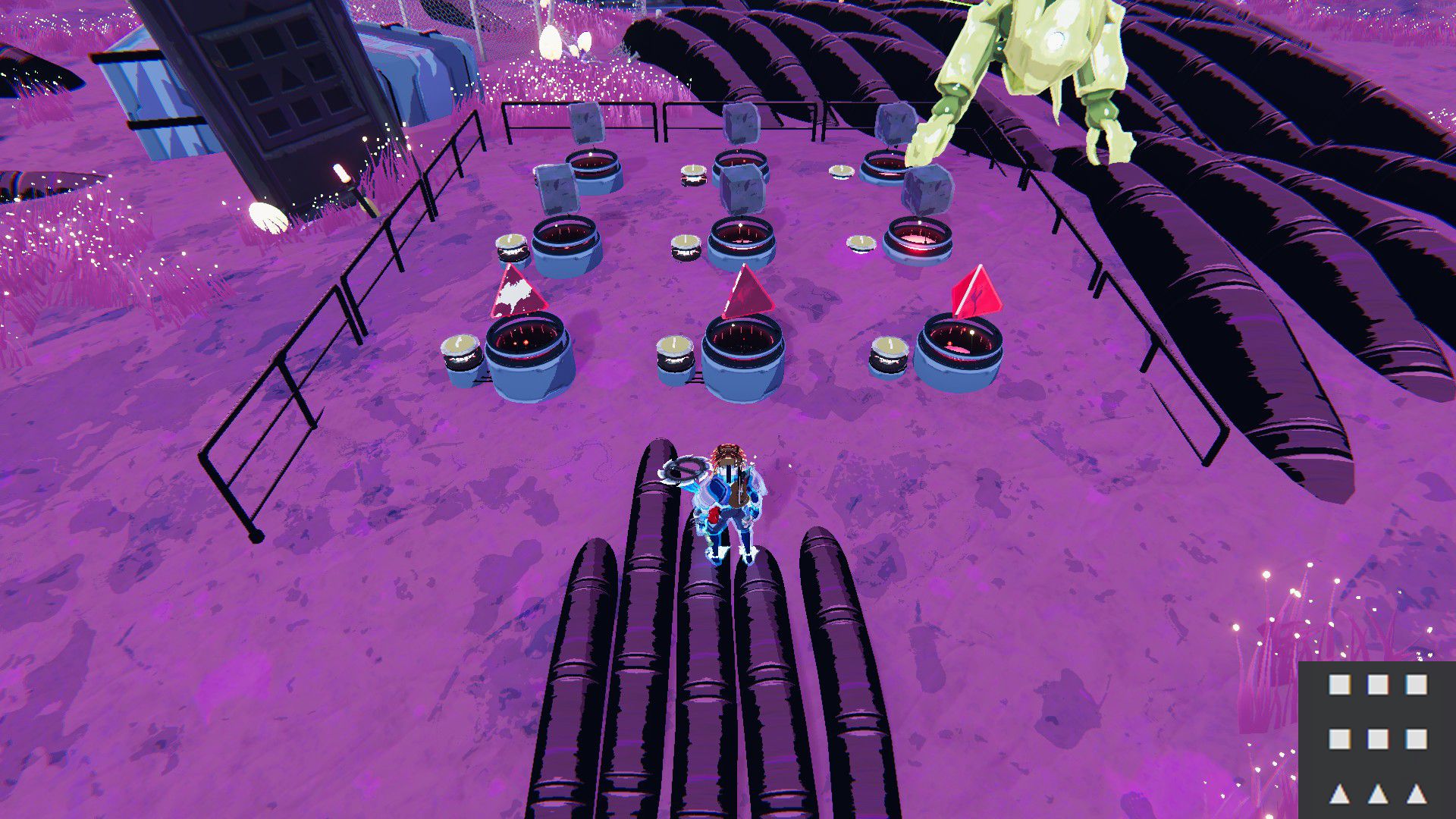

It is our sensory experience of seeing what is in between phenomenon and substance. The flames of Universe of Fire Particles in the Forest - Secondary Forest change shape due to a dark, absolute presence.įlames are a phenomenon of light and heat generated by combustion it is a vaporized substance in a flow, a decomposed substance.

Universe of Fire Particles in the Forest - Secondary Forest The sculptures themselves transcend the physical boundaries of existence they are continuous and ambiguous with the surrounding environment. The existence of both the birds and insects, however, is not sustained only by the flora of the island, but rather by the larger ecosystem made up of the forest and lake of the vast botanical garden. The sculptures are created by the birds that gather around the flora. If birds do not fly around the artwork, the sculptures will dissolve into the darkness, as though the artwork is non-existent.Therefore, iIn order to create an environment on the lake’s island that is favorable for birds, flora was planted to attract insects that birds could feed on. The sculptures depict the energy dissipated into the world by the birds. The wind blowing and the birds flying at the present moment, and the memories of birds that flew by from sunrise to sunset overlap. When birds fly, that energy affects the environment, such as the flow of air. The giant sculptures in this artwork depict the continuous dissipation of energy into the environment by the birds that fly around them.

Life is continuous with its environment, an existence whose boundaries are ambiguous. Sculptures of Dissipative Birds in the Wind TeamLab aims to explore an environment where human perception expands from the artwork itself to the environment. The people and the artworks, the trees, the forest and the lake, the ecosystem and the environment, all form a continuity without boundaries.

The artworks transform interactively, influenced by wind, rain, as well as by the behavior of the people in it, making the environment and the people a part of the works. The artworks’ existence is not defined by their physical surface boundaries, but is continuous and ambiguous with its surrounding environment. The trees and birds cannot be separated from the ecosystem such as the garden’s forest or lake, so if the environment is not sustained, the trees and birds will cease to exist, and as a consequence, the artworks as well. The concept of the project is that non-material digital technology can turn nature into art without harming it.Īs the artworks in this exhibition are influenced by the trees and birds that live in the garden, if the wildlife disappear, the artworks will also disappear. TeamLab’s art project Digitized Nature explores how nature can become art. In other words, the contour of life’s existence is not a physical, bodily boundary, but an ambiguous one that includes the continuity with its environment. Life does not exist by itself rather, it is the environment that is continuous with it that maintains the structure of life. It consumes external matter and energy as food and discharges it, sustaining its ordered structure as the energy dissipates. The vortex is an existence within the flow, and the contour of its existence is ambiguous. The vortex cannot maintain a stable structure on its own rather, it is created and sustained by water that continuously flows inwards and outwards. If a vortex is taken out of the ocean and placed in a closed box, the vortex will disappear. Life is like a vortex created in the ocean. A stone can continue to exist in a closed box, sealed off from the outside world, but life cannot sustain its existence in such a box because it does not maintain an independent structure. Objects like stones and man-made creations maintain a stable structure on their own. Where are the contours of the existence of life? In the middle of the city, this man-made botanical park and its lake sustain the ecosystem together with humans, as a man-made ecosystem within the city that includes human beings. Nagai Botanical Garden stretches over an area of 240,000-sqm with a large lake in the center, and its flora change with the seasons throughout the year.ĥ0 years since its opening, the garden is now home to many wild birds, such as Northern goshawks and owls, which are placed at the top of the food chain and thus dependent on a healthy ecosystem to exist. It is located inside Nagai Park that opened in 1944 as an urban park that includes facilities such as a baseball stadium. Nagai Botanical Garden is an outdoor botanical garden in Osaka that opened in 1974.


 0 kommentar(er)
0 kommentar(er)
